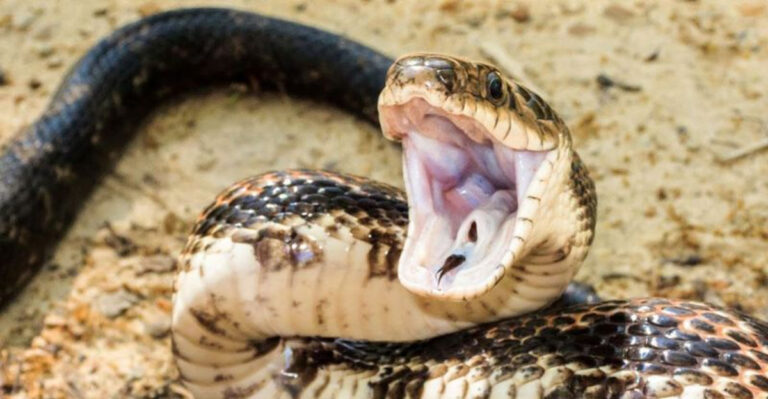Scientists Take A Major Step Toward Reviving The Tasmanian Tiger
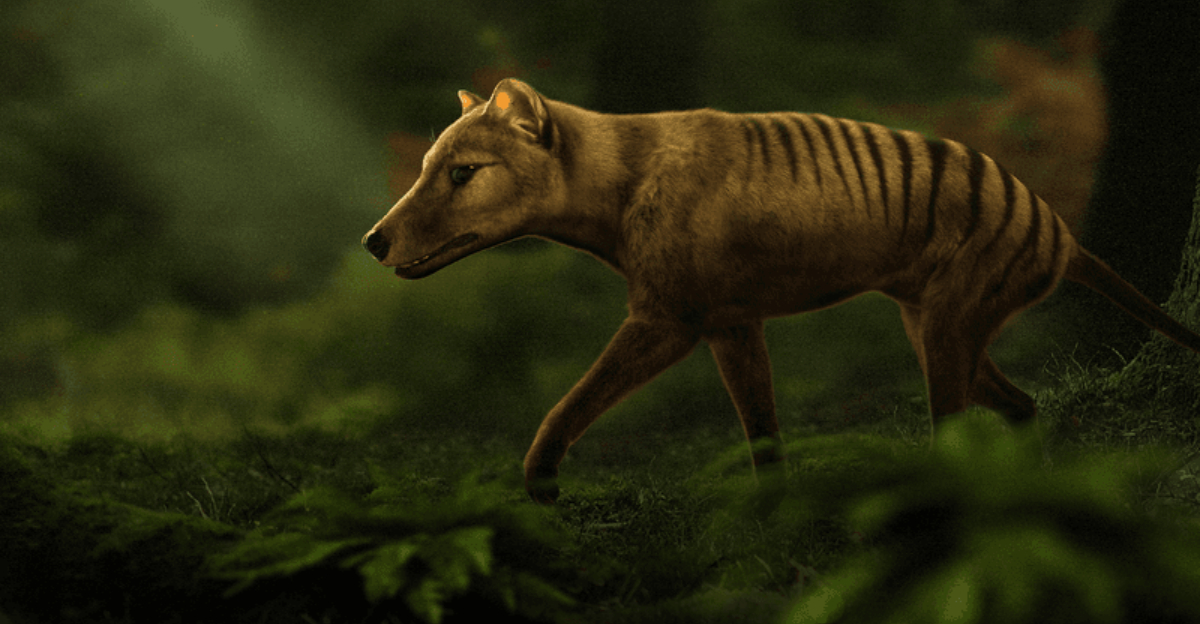
The Tasmanian tiger, officially extinct since 1936, might make a comeback thanks to groundbreaking scientific advances.
Scientists are using cutting-edge genetic technology to potentially resurrect this striped marsupial predator that once roamed Australia and Tasmania.
The potential revival of this iconic species represents one of the most ambitious de-extinction projects ever attempted and could forever change how we think about conservation and extinction.
1. Mapping The Complete Genome
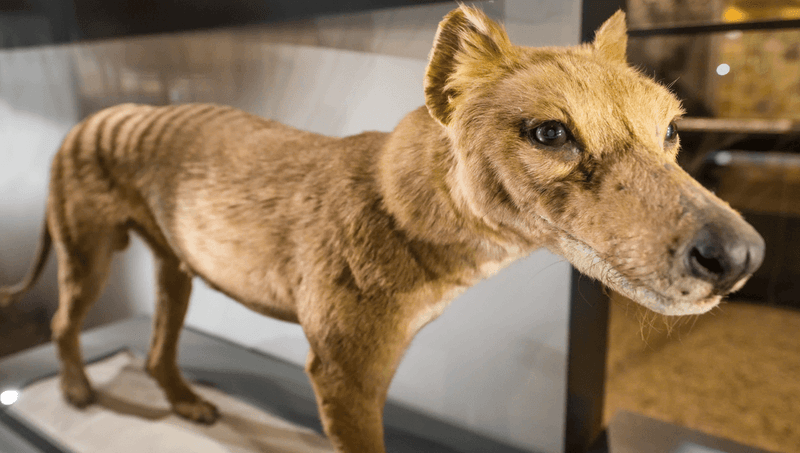
Scientists recently achieved a crucial milestone by fully mapping the Tasmanian tiger’s genome from preserved specimens. This genetic blueprint contains all the instructions needed to build a thylacine from scratch.
Museum specimens over 100 years old provided enough DNA fragments to reconstruct the complete genetic code. Researchers painstakingly pieced together these fragments like a complex puzzle.
Having the complete genome allows scientists to understand what made the thylacine unique and provides the foundation for any resurrection attempt. Without this breakthrough, any de-extinction effort would be impossible.
2. CRISPR Technology Breakthrough
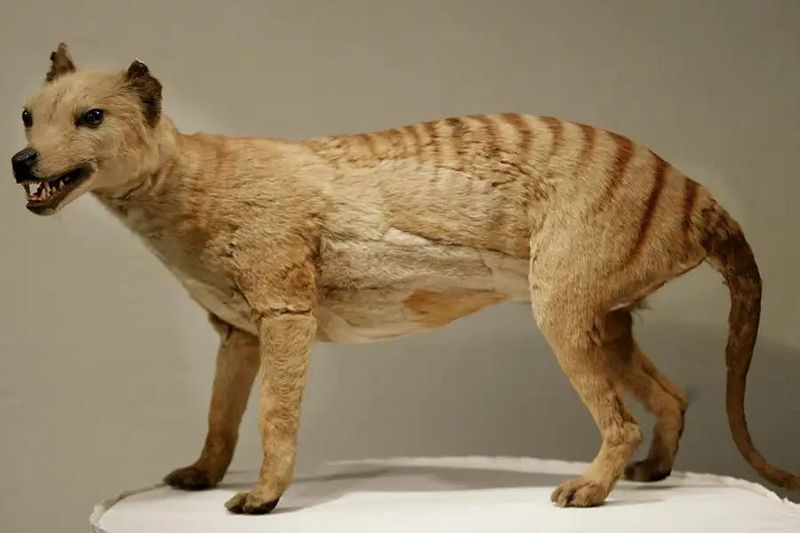
Revolutionary gene-editing tools have transformed the possibility of bringing back extinct species. CRISPR-Cas9, often called genetic scissors, allows scientists to cut and paste DNA sequences with unprecedented precision.
The technology has advanced rapidly in recent years, making what once seemed like science fiction increasingly plausible. Teams can now edit multiple genes simultaneously, a critical capability for thylacine resurrection.
Recent refinements in CRISPR technology have reduced off-target effects, making the editing process more reliable and safer. This precision is essential when attempting to recreate the complex genetic profile of an extinct marsupial.
3. Finding The Perfect Surrogate
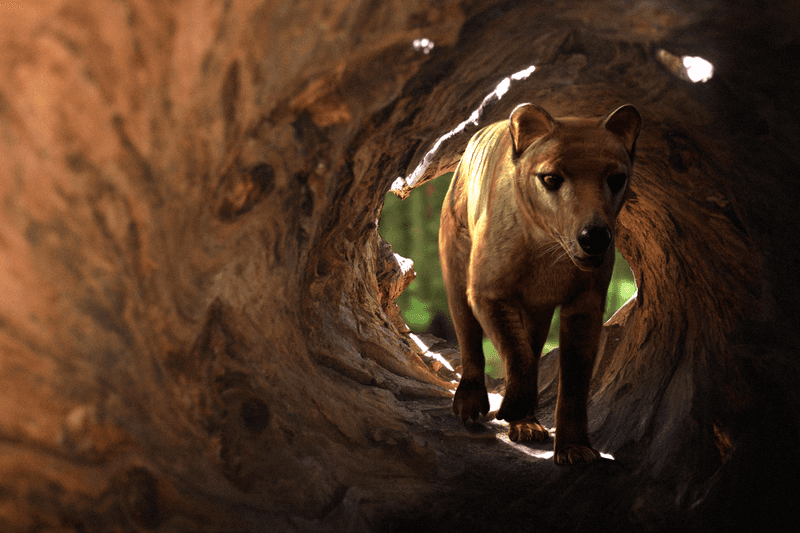
The Tasmanian tiger’s closest living relative, the numbat, might serve as the ideal surrogate mother. Choosing the right host species represents a critical puzzle piece in the resurrection effort.
Scientists analyze reproductive compatibility, pouch development, and maternal care behaviors when evaluating potential surrogates. The ideal candidate must have similar enough biology to support thylacine embryo development while being available in sufficient numbers.
Recent breakthroughs in understanding marsupial reproduction have helped researchers identify several viable options. Teams are currently conducting detailed studies of marsupial pregnancy to ensure the greatest chance of success.
4. Ethical Debates Intensify
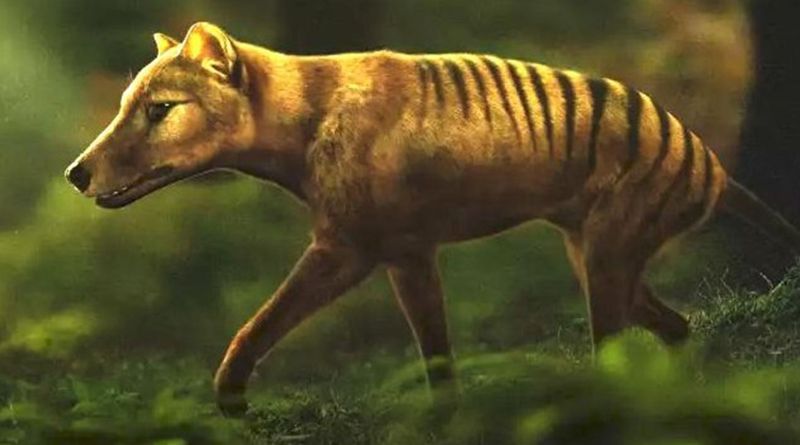
As the science advances, heated discussions about the ethics of de-extinction have erupted among conservationists, ethicists, and indigenous communities. Some argue these resources could better serve living endangered species.
Aboriginal Tasmanians have expressed mixed feelings about the project. Many see the thylacine as culturally significant but question whether science should reverse what humans caused.
Scientists involved in the project acknowledge these concerns while suggesting the technologies developed could eventually help endangered species. The debate highlights the complex intersection of science, conservation ethics, and cultural values that surrounds de-extinction efforts.
5. Habitat Readiness Assessment
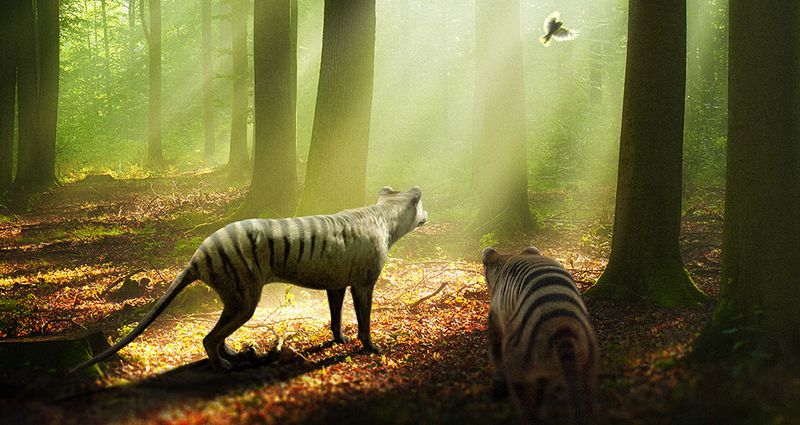
Before any thylacine could be released, scientists must determine if suitable habitat still exists. Teams are mapping potential release sites throughout Tasmania and parts of mainland Australia.
Human development has dramatically altered landscapes since the thylacine’s extinction. Researchers are assessing prey availability, human population density, and competing predators like introduced foxes and cats.
Preliminary studies suggest several remote Tasmanian wilderness areas could support small thylacine populations. Conservation groups are already discussing potential protected zones where initial releases might occur if the project succeeds.
6. Embryo Development Milestones
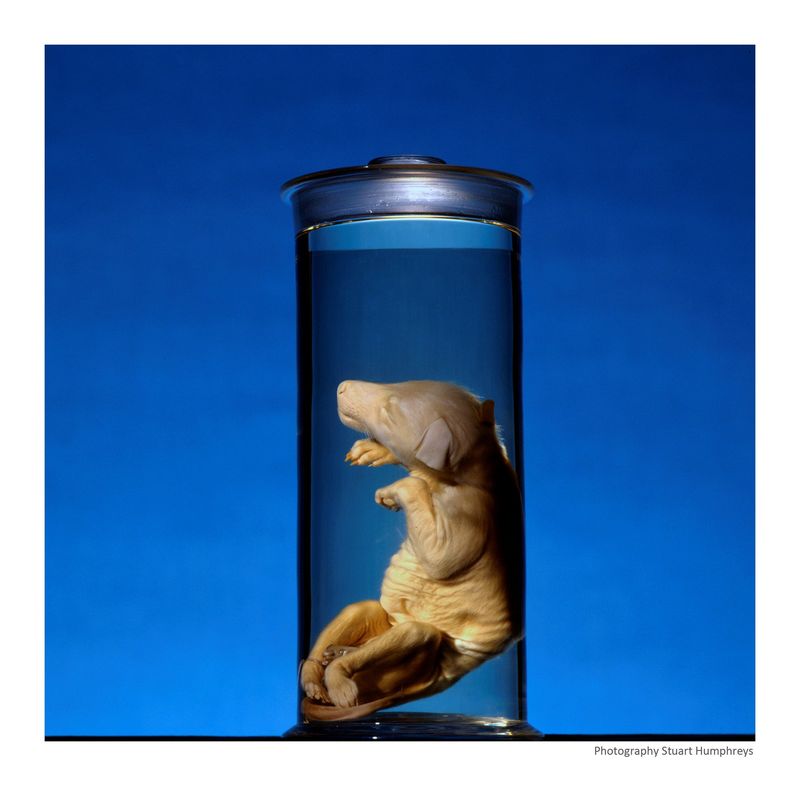
Laboratory teams recently achieved the successful development of modified embryos containing key thylacine genes. This represents a significant step from theoretical possibility toward practical reality.
The embryos contain cells that express thylacine proteins, confirming that the genetic material functions as expected. Scientists carefully monitor development at each stage, documenting how the introduced genes interact with the host genome.
While still far from a complete thylacine, these embryos prove that the fundamental approach is viable. Each successful milestone builds confidence that a full resurrection might eventually be possible, though many challenges remain.
7. Funding From Tech Billionaires
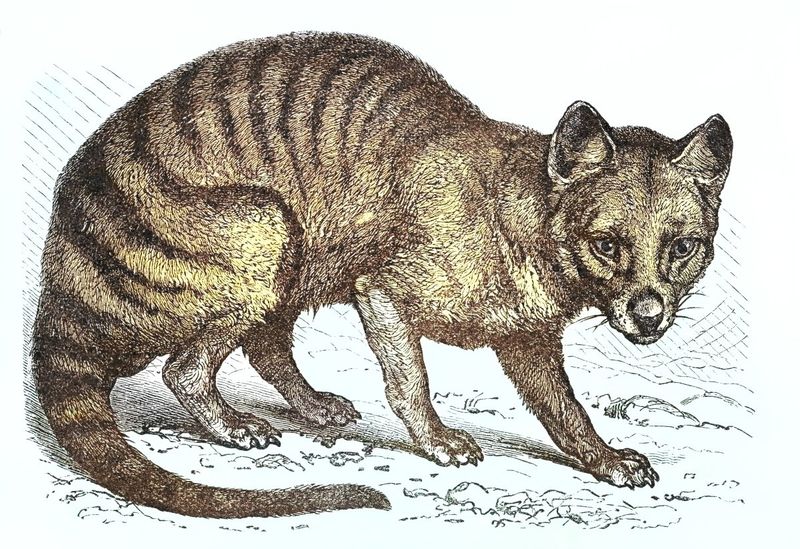
The ambitious project has attracted significant financial backing from technology entrepreneurs fascinated by de-extinction. Several Silicon Valley figures have contributed millions to accelerate research progress.
This private funding has allowed teams to pursue cutting-edge approaches that might not receive traditional scientific grants. The involvement of tech money has also brought business-style timelines and expectations to the scientific process.
Critics worry about the influence of private interests on such consequential research. Supporters counter that without this funding, the work simply wouldn’t happen at all, as government agencies typically avoid such speculative projects.
8. Reconstructing Thylacine Behaviors
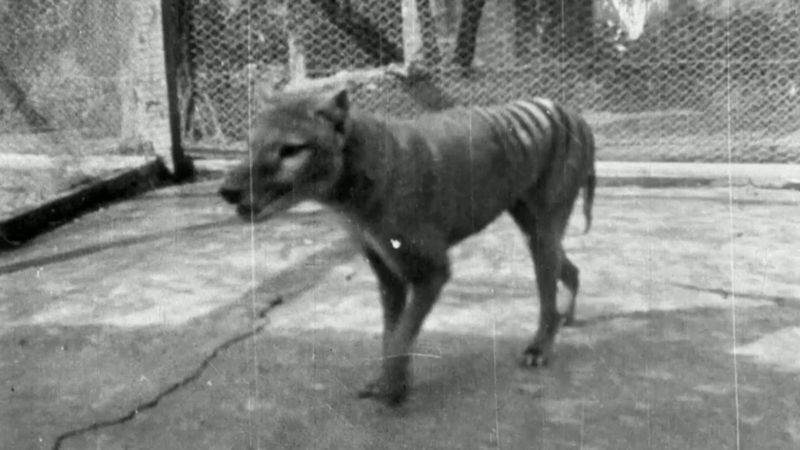
Beyond genetics, scientists are studying historical records, specimens, and even old film footage to understand how thylacines moved and behaved. This behavioral knowledge will be crucial for eventual rewilding efforts.
The famous 1933 zoo footage of the last captive thylacine provides valuable insights into its movement patterns and physical capabilities. Researchers are using this footage alongside skeletal analyses to create detailed biomechanical models.
Indigenous knowledge also contributes to understanding thylacine behavior. Aboriginal stories describe hunting techniques, territorial behaviors, and vocalizations that no European scientist ever documented.
9. Ecological Role Replacement

The thylacine once served as Tasmania’s apex predator, controlling wallaby and kangaroo populations. Its absence created an ecological gap that still affects forest dynamics today.
Researchers are modeling how reintroduced thylacines might impact current ecosystems. Computer simulations suggest their return could help control overabundant herbivores that damage native vegetation.
Not everyone agrees the thylacine should reclaim its ecological role. Some ecologists worry about disrupting ecosystems that have adapted to life without this predator for nearly a century. These concerns highlight the complex ecological considerations that extend beyond simply recreating the species.
10. Public Excitement Grows
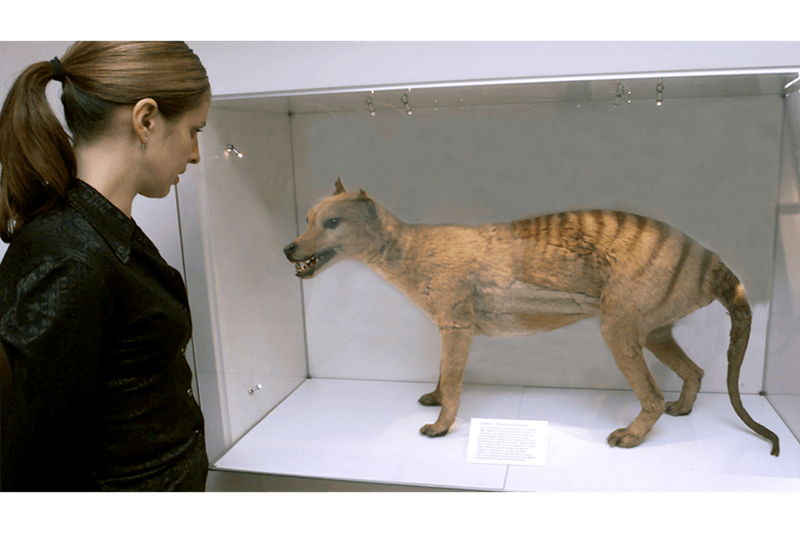
As project milestones make headlines, public fascination with the thylacine has surged. Museum exhibits featuring the extinct marsupial report record attendance, while merchandise and educational materials proliferate.
Social media buzzes whenever new research is published. The hashtag #TasmanianTigerReturn regularly trends following project announcements, generating millions of impressions worldwide.
This public interest helps sustain funding and political support for the research. Scientists working on the project have become unexpected celebrities, appearing on television programs and podcasts to explain their work to eager audiences captivated by the possibility of seeing a living thylacine.
11. Timeline Predictions Shift
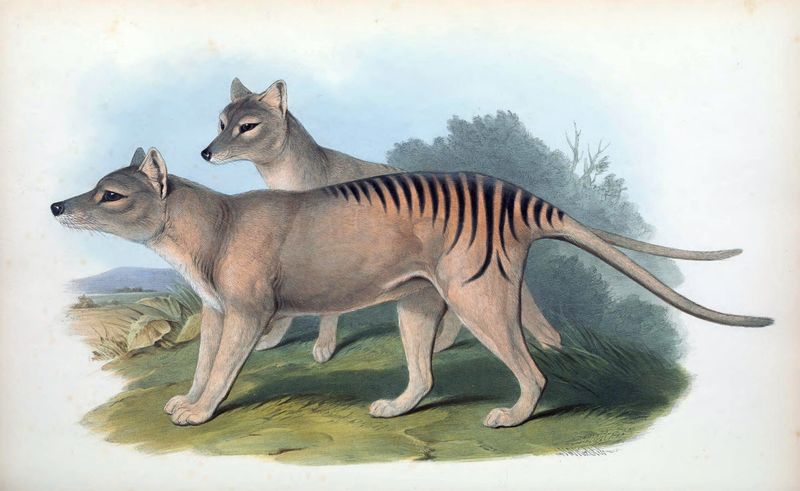
Initial estimates suggested a living thylacine might be decades away, but recent breakthroughs have scientists cautiously revising their timelines. Some now believe a thylacine-like animal could exist within 5-10 years.
The accelerated timeline reflects unexpected success in early genetic work. Several key technical hurdles were overcome faster than anticipated, though many challenges remain.
Project leaders are careful to manage expectations while acknowledging progress. They emphasize that the first animals will not be identical to historical thylacines but will carry many of their significant traits and genetic markers.
12. Global Collaboration Network
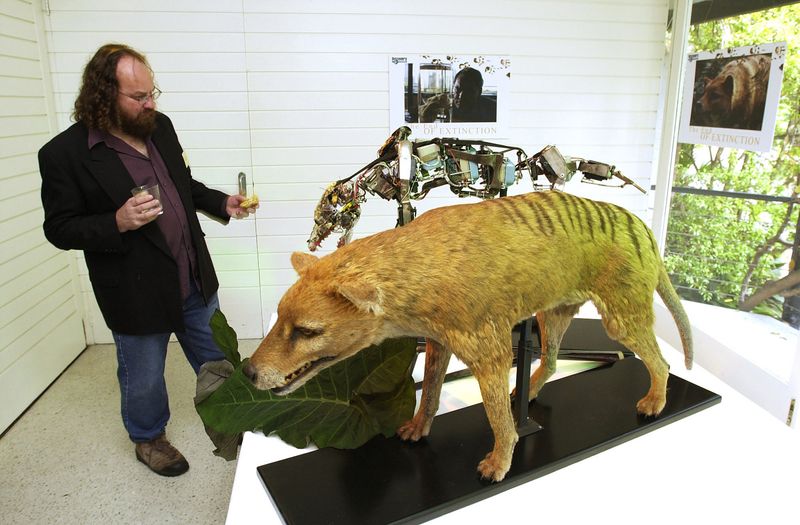
The revival effort has united scientists across disciplines and continents. Geneticists, conservation biologists, veterinarians, and artificial intelligence experts collaborate through a sophisticated international network.
Weekly virtual meetings connect teams from Australia, the United States, China, and Europe. This global approach brings diverse perspectives and specialties to bear on complex problems that no single lab could solve.
Cloud-based platforms allow instant sharing of genetic sequences, experimental results, and computer models. The collaborative structure has become a model for other ambitious scientific projects, demonstrating how international teams can effectively tackle previously impossible challenges.



